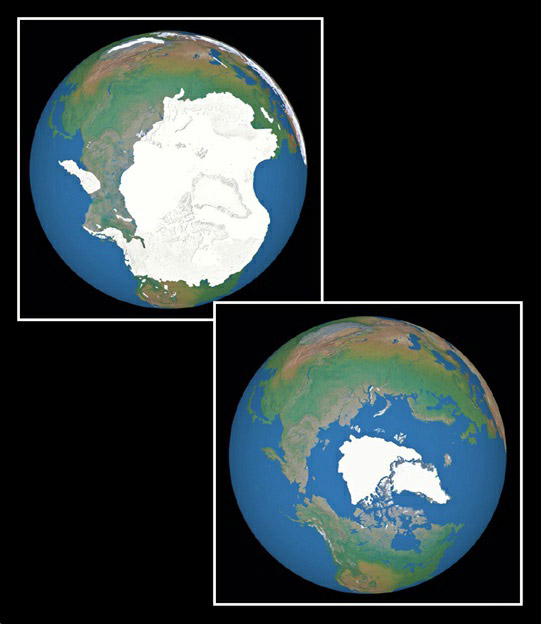An ice age is a significant period characterized by a decrease in the Earth’s average surface and atmospheric temperatures, resulting in the expansion of continental glaciers and polar ice sheets. The current ice age, known as the Quaternary glaciation, began approximately 2.6 million years ago and comprises numerous shorter glacial and interglacial periods.
Milutin Milankovic, a Serbian astronomer and climatologist, made a critical discovery in the early 1940s. He identified that variations in Earth’s tilt and orbital shape around the Sun, known as Milankovic cycles, play a key role in these climate fluctuations. These cycles affect the amount of solar heating the Earth’s surface receives, thus influencing global temperatures.
Currently, we reside in the latest interglacial phase of the Quaternary glaciation, the Holocene epoch, which started around 12,000 years ago, aligning with the emergence of modern civilization. This ice age has experienced over 60 cycles of colder (glacial) and warmer (interglacial) periods, driven not only by astronomical forces but also by changes in greenhouse gases, ocean currents, and continental drift due to plate tectonics.
While it may not seem apparent, the persistence of the Antarctic and Greenland ice sheets indicates that we are still in an ice age. However, the rapid pace of contemporary climate warming suggests that we might be nearing the end of the Quaternary glaciation period. This understanding of our planet’s climatic history is crucial for grasping the complexity and dynamics of Earth’s climate system.

